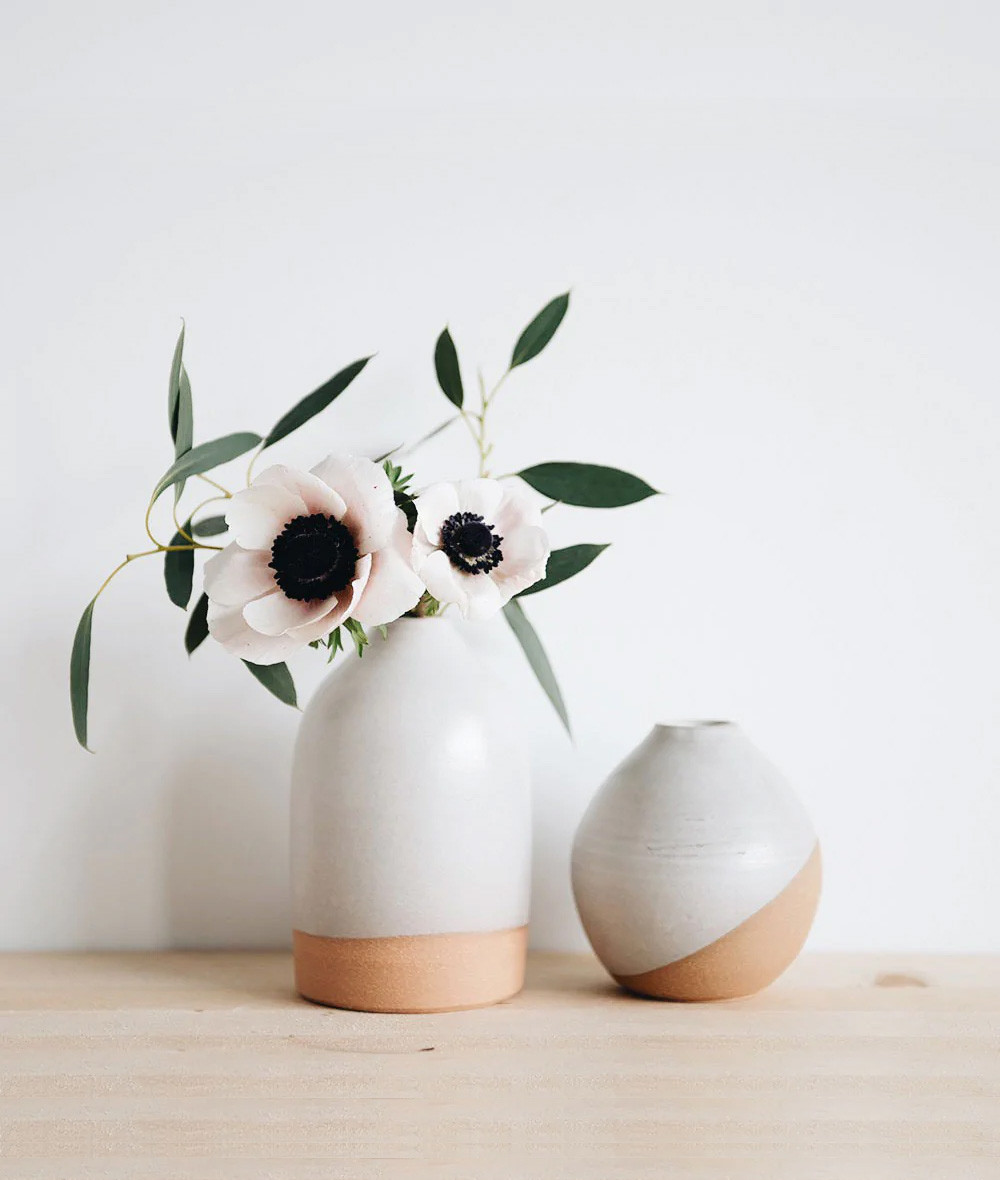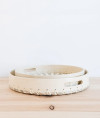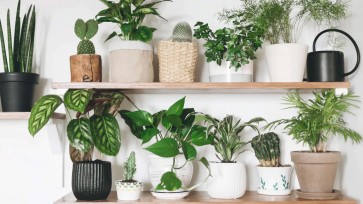Last Friday’s Zoom topic is on for today. Betty Woodman! Born in Norwalk, Connecticut, Betty Woodman attended the School for American Craftsmen at Alfred University in New York from 1948 to 1950. She has taught in the Fine Arts Department of the University of Colorado. A leading ceramist whose inventive forms and painterly use of color have won her international renown, Woodman began her career making simple functional pottery. Although her ambitious experiments with clay have wrought great changes in her work, it still refers to some practical function even if her baroque, expressive forms are no longer strictly utilitarian. Woodman's art has been inspired by diverse sources, ranging from Etruscan and Minoa to Tange and majolica ceramics. The recipient of fellowships from the National Endowment for the Arts in 1980 and 1986, Woodman has also been a guest artist at the experimental atelier of the Manufacture National de Sevres in France. Kenneth R. Trapp and Howard Risatti Skilled Work: American Craft in the Renwick Gallery (Washington, D.C.: National Museum of American Art with the Smithsonian Institution Press, 1998) Artist Biography Betty Woodman first became interested in crafts because her father was a woodworker. In high school, one ceramics course was sufficient to convince Woodman that she wanted to be a functional potter. Studying pottery at the School for American Craftsmen at Alfred University, she developed a strong interest in the history of ceramics. Her first job after graduating in 1950 was as a production potter, and that technical facility and experience were to be the foundation of her subsequent innovations. In 1952 Woodman traveled to Italy, where exposure to traditions such as majolica opened her eyes to the potential of clay. It was not until the seventies that Woodman completely abandoned her functional approach. Collaborating with important figures in the Pattern and Decoration movement, such as Joyce Kozloff and Cynthia Carlson, she began producing colorful, witty—and nonfunctional—vessels decorated with scenes from the Italian Renaissance or slathered with landscape clouds. Woodman's eccentric shapes and glazes are often appropriated from other cultures; her work in a sense functions as a very personal interpretation of art history. While the artist still produces human- and tabletop-size works, in recent years she has increased her scale, creating environmental installations for museums and galleries in the United States and abroad. Check out the video below of the late artist talking about her work.
หมวดหมู่ทั้งหมด
- อาหารพร้อมปรุงและพร้อมทาน
- ของแห้งและเครื่องปรุง
- ขนมขบเคี้ยว ของหวาน และเบเกอรี่
- เครื่องดื่มและผงชงดื่ม
- ความงามและของใช้ส่วนตัว
- สินค้าสำหรับแม่และเด็ก
- ผลิตภัณฑ์สำหรับผู้สูงอายุ
- ของใช้ในบ้าน ผลิตภัณฑ์ทำความสะอาดและสังฆภัณฑ์
- ผลิตภัณฑ์เพื่อสุขภาพและยา
- เครื่องเขียนและอุปกรณ์สำนักงาน
- เครื่องใช้ไฟฟ้าและอุปกรณ์อิเล็กทรอนิกส์
- ของเล่น
- อุปกรณ์รถยนต์
- อุปกรณ์ออกกำลังกาย
- Voucher และคูปอง
- กิจกรรมและความบันเทิง
- ร้านอาหาร
- แบรนด์สินค้าทั้งหมด
- โปรโมชั่น









Validate your login